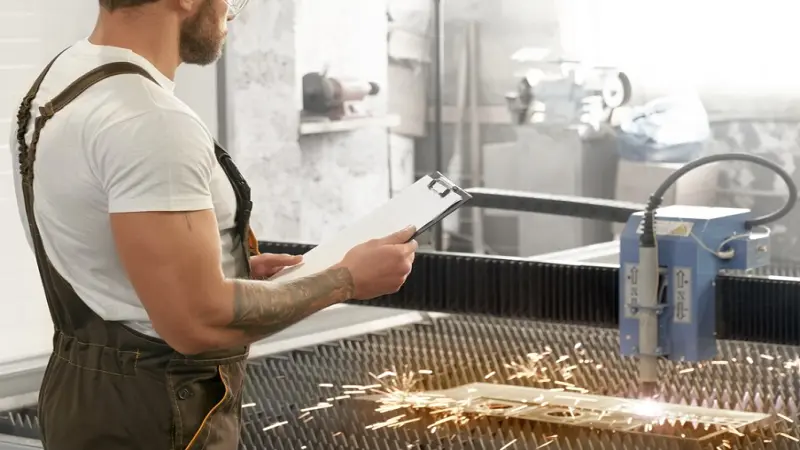In the manufacturing industry, precision is paramount. The demand for intricate designs, tight tolerances, and efficient processes has transformed how metal components are fabricated. One technology that stands at the forefront of this transformation is metal laser slicing.
Laser cutting utilizes focused beams to slice through metal with precision. This method ensures clean, accurate cuts, enhances productivity, and minimizes waste. Below, we explore the principal techniques and discuss their advantages.
1. Understanding Laser-Focused Crafting Techniques
Various methods fall under the umbrella of metal cutting. Each possesses unique properties tailored to various metals and applications. The three main types are:
Vaporisation Cutting for Precision Work
In this process, intense heat is directed onto the metal, turning it into vapor without melting it. It eliminates any distortion, preserving the workpiece’s original shape and strength.
This technique is popular in industries requiring tiny, detailed cuts. It is also effective for thin metals, producing clean edges that require little to no finishing. Its accuracy is particularly beneficial in electronics manufacturing, where small components must fit precisely.
Melt and Blow Cutting for Thicker Materials
For thicker materials, melt and blow cutting offers a robust solution. This method is highly effective in processing thick metals without compromising accuracy.
Melt and blow cutting is widely used in the automotive and construction sectors. The solid and accurate cuts it produces are essential for building reliable components. Additionally, the process helps reduce waste by minimizing the material removed.
Thermal Stress Cracking for Brittle Materials
Thermal stress cracking is designed explicitly for materials prone to breaking under heat. The heat induces stress in the metal, causing it to crack along a designated path.
This method is perfect for brittle or sensitive materials like ceramics or tempered glass. Thermal stress cracking enables manufacturers to work with materials that otherwise would not be suitable for high-temperature cutting. This capability opens up new possibilities in fields like electronics and medical devices.
2. Benefits of Metal Laser Slicing
Enhanced Efficiency and Productivity
The concentrated energy of metal laser technology significantly reduces job completion time. Consequently, production speeds increase, allowing manufacturers to process more materials in less time while also reducing costs. Moreover, these techniques’ precision reduces the necessity for secondary processes. Consequently, businesses can enhance efficiency and reduce costs. Metal laser technology delivers unmatched efficiency, providing a significant edge in competitive industries.
Exceptional Precision and Quality
Metal laser technology is renowned for delivering high levels of accuracy. Focused energy beams ensure a clean slice, leaving minimal room for error. This precision is especially crucial in industries where exact measurements are vital for product functionality and safety.
The quality of the cuts also reduces the need for post-processing, saving both time and resources. By eliminating rough edges and imperfections, laser technology ensures finished products are immediately ready for use, enhancing efficiency.
Environmental Sustainability
Apart from being efficient, this method is environmentally friendly. Traditional methods produce waste materials, which require additional disposal processes. In comparison, metal laser cutting reduces waste, offering a more sustainable option.
Moreover, using energy-efficient technology not only lowers energy consumption but also reduces the overall environmental footprint. Less energy consumption means lower emissions, aligning with global efforts to reduce industrial pollution. It makes metal laser technology a greener option for eco-conscious companies.
Laser cutting plays a crucial role in the industrial sector. Its ability to deliver precise, efficient cuts without extensive waste offers significant advantages. These techniques are game-changers for manufacturers aiming to improve quality and productivity. Embracing such technology enhances operations and aligns with sustainability efforts, ensuring a promising future for the industry.



